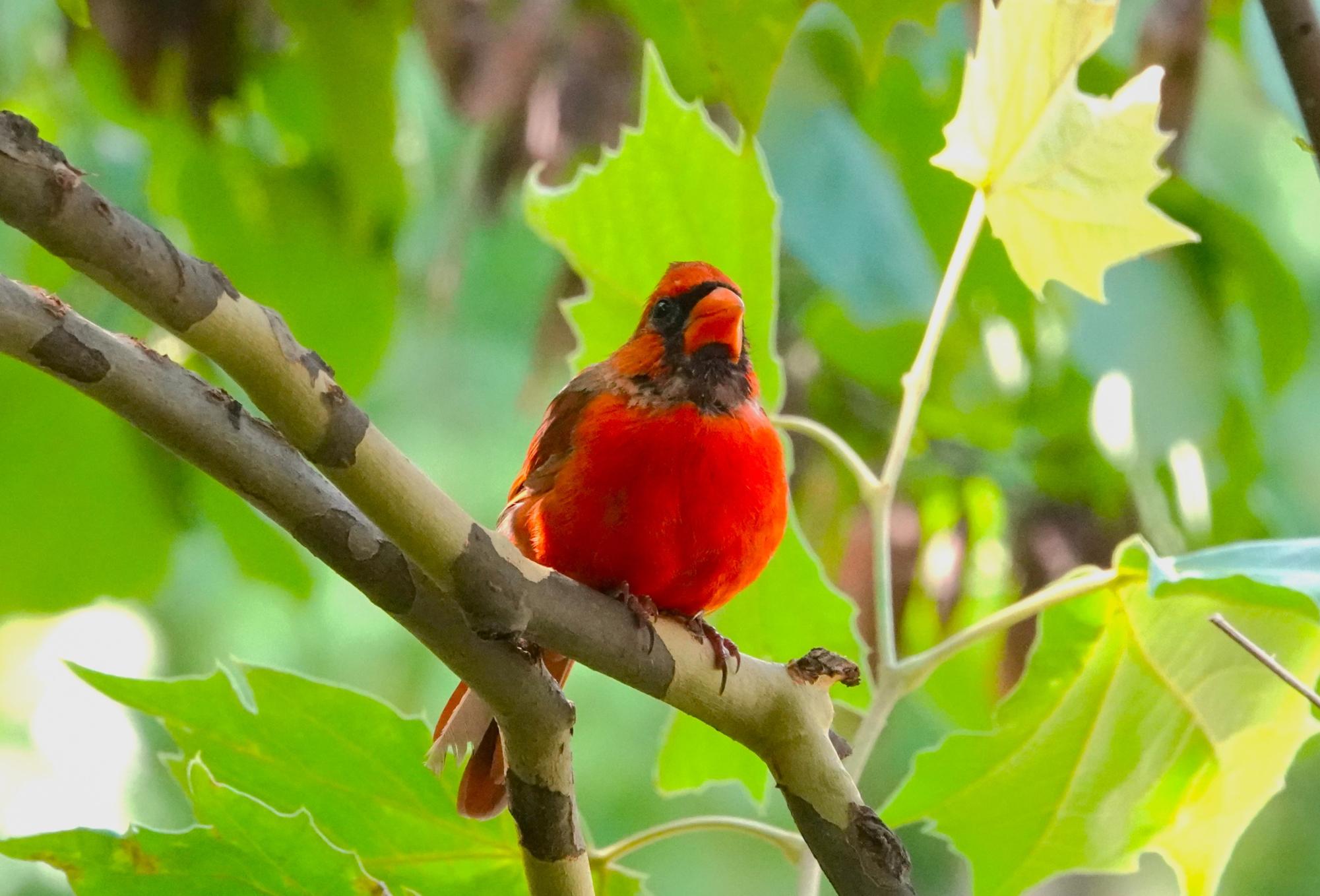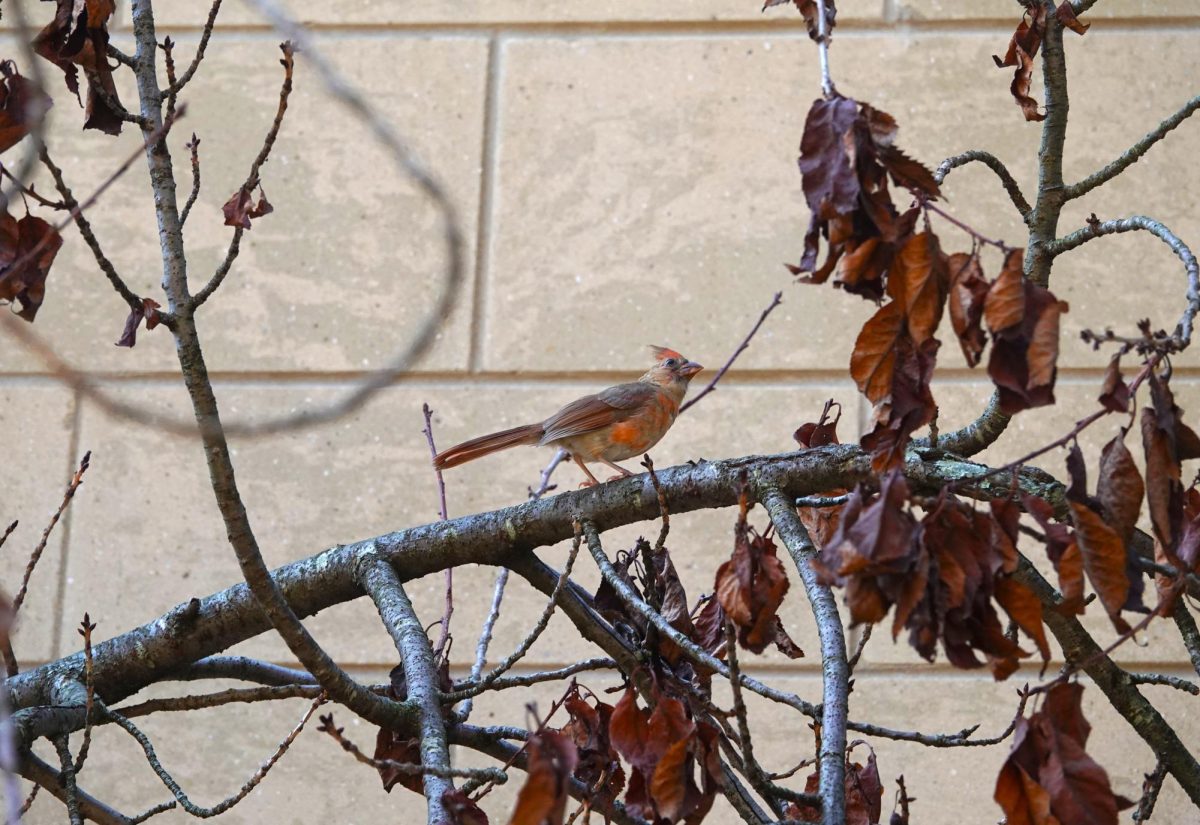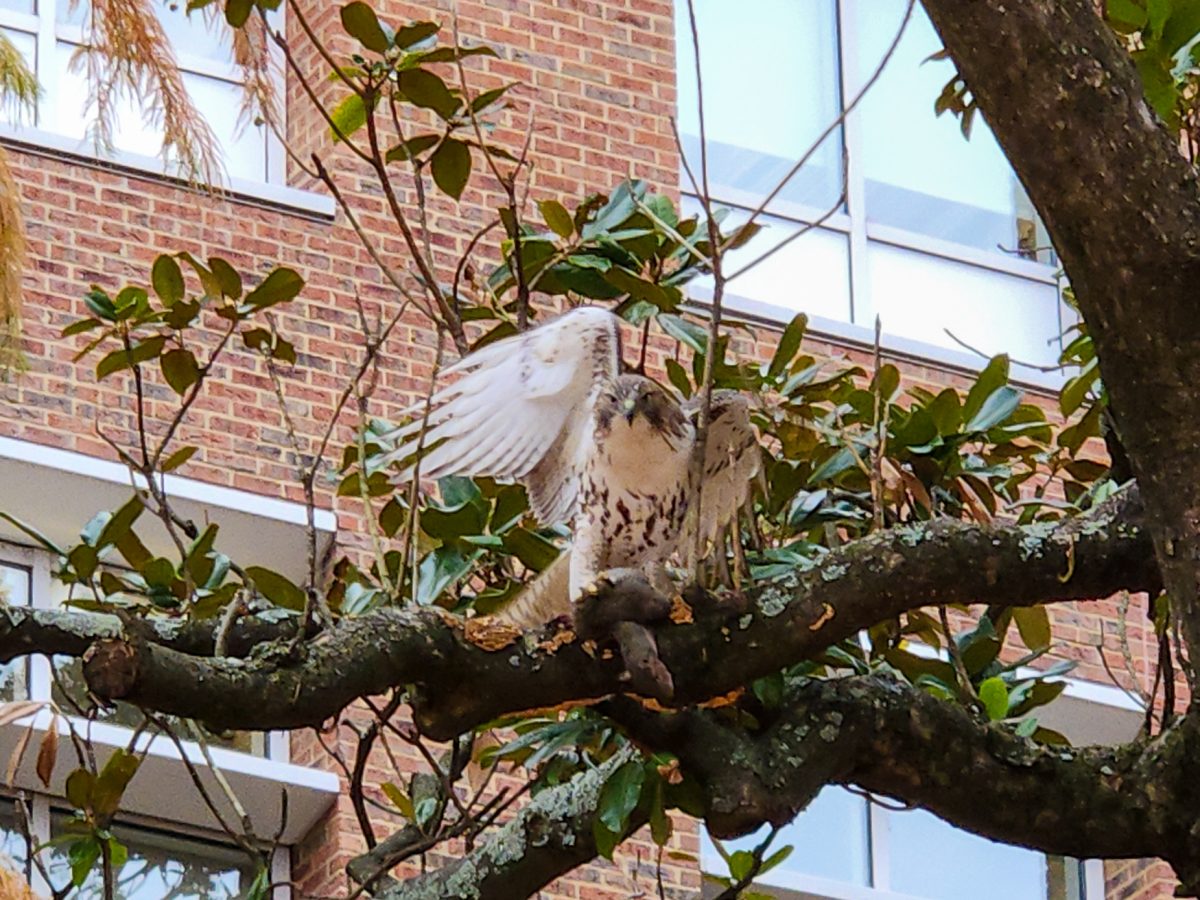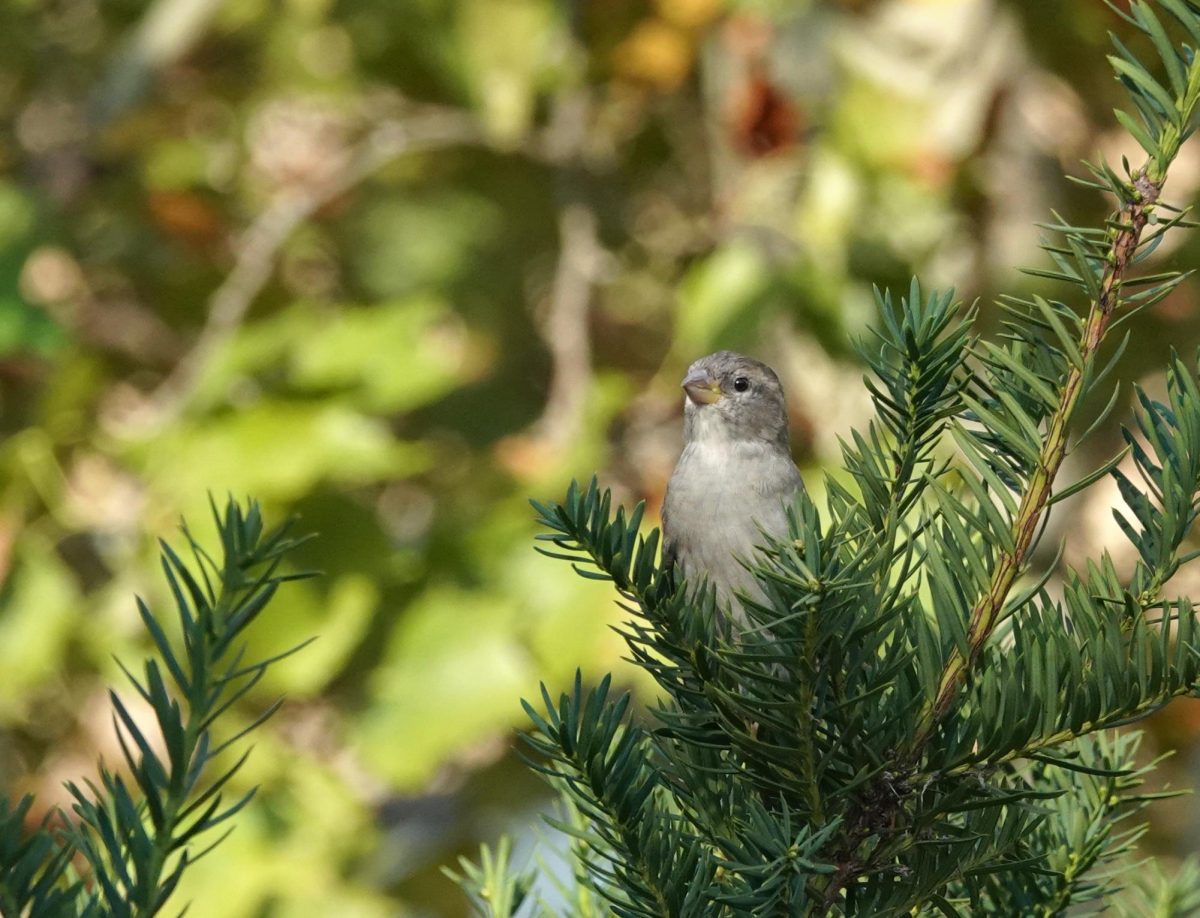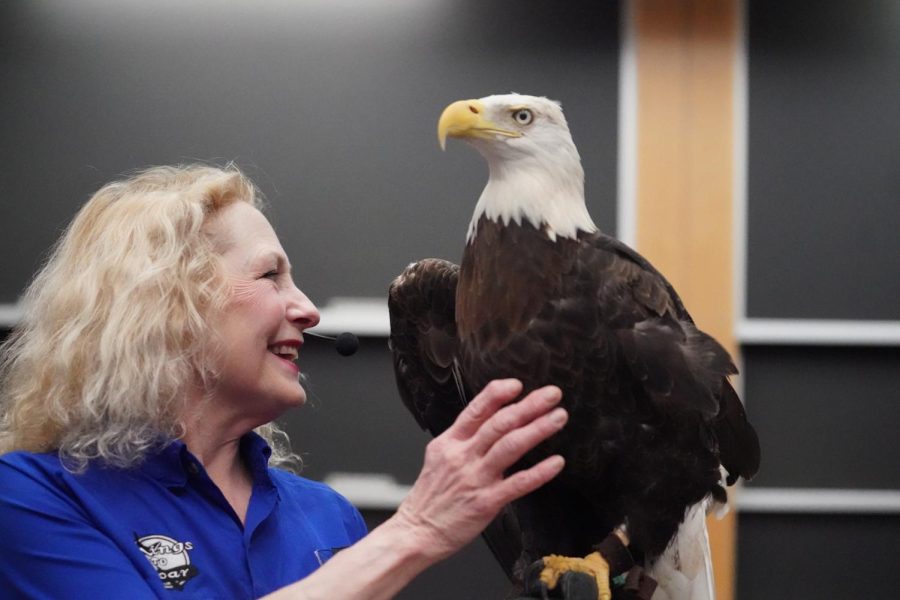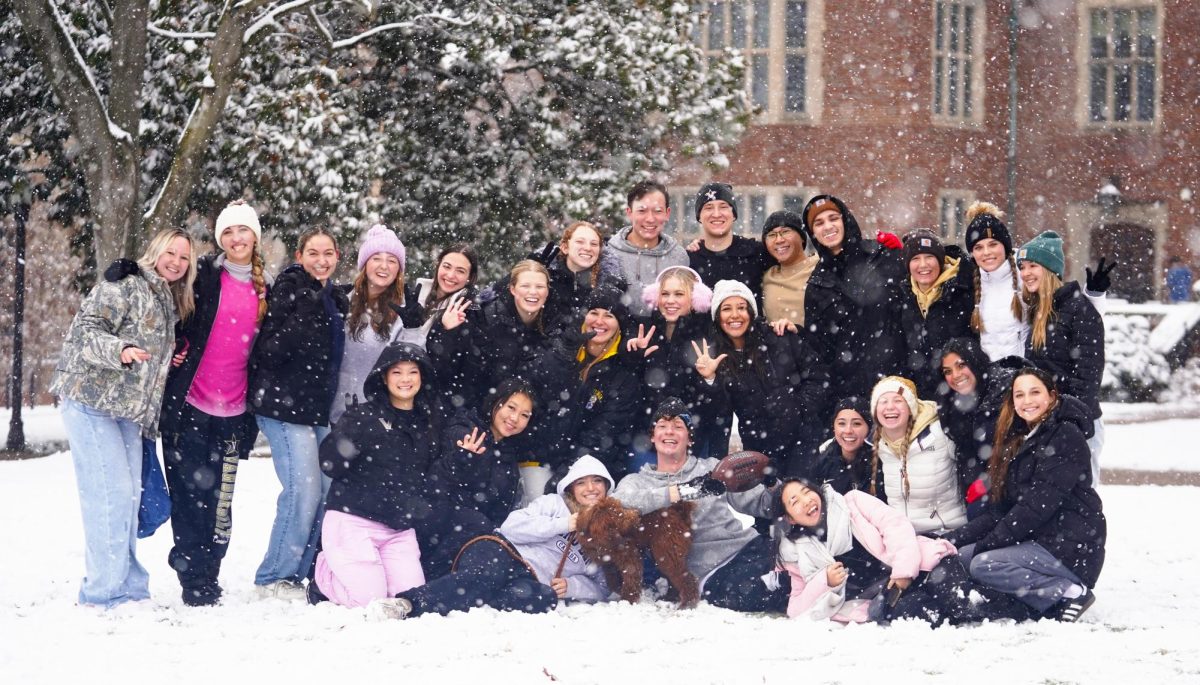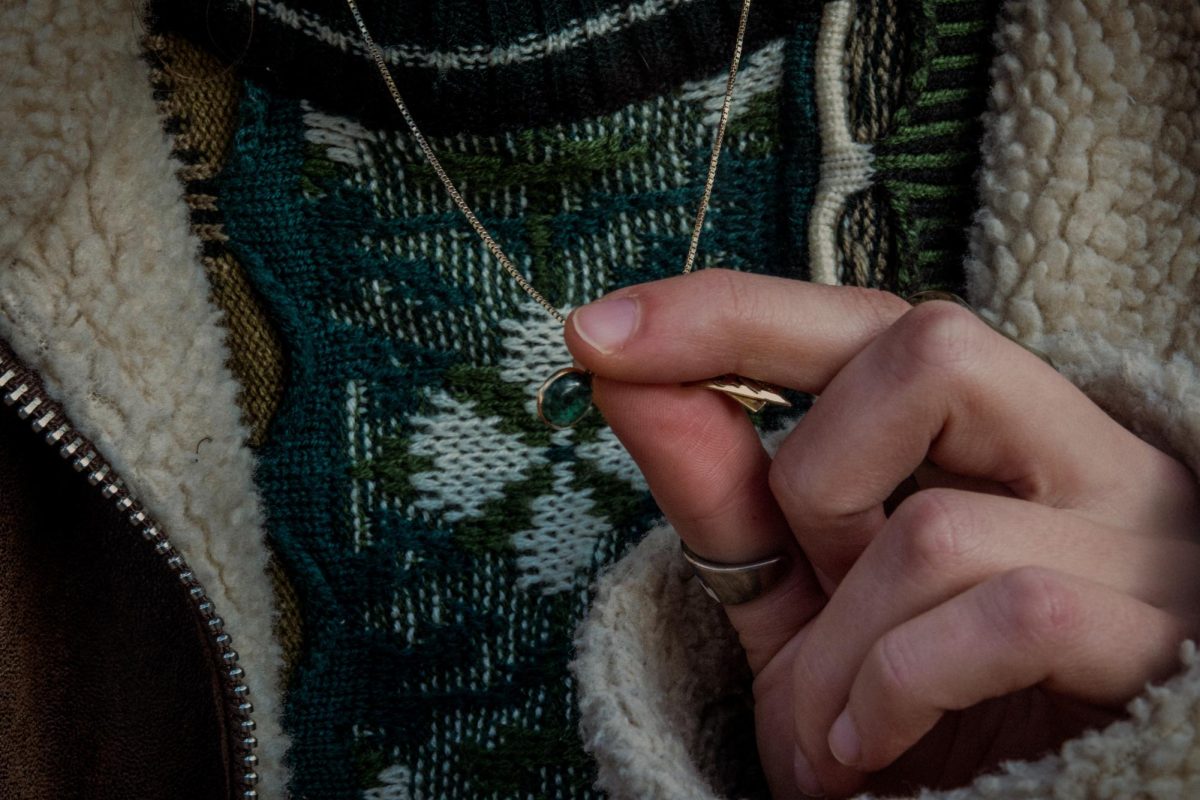Tweet, tweet! Birdsong can mean many different things to a Vanderbilt student: the end of an unwilling all-nighter, a call to wake up for an early-morning workout or a peaceful journey to a 9 a.m. class. While birds are ever-present in students’ lives within the arboretum that is Vanderbilt, they’re harder to spot than the squirrels for which Vanderbilt is renowned. Campus is home to diverse wildlife, including at least 20 species of birds. I’ve compiled this guide to help students spot some of these fine feathery avian friends on campus.
American robins
Found year-round across the U.S., robins are a classic American bird. They’re easy to identify by their red bellies, and I see them all around campus.
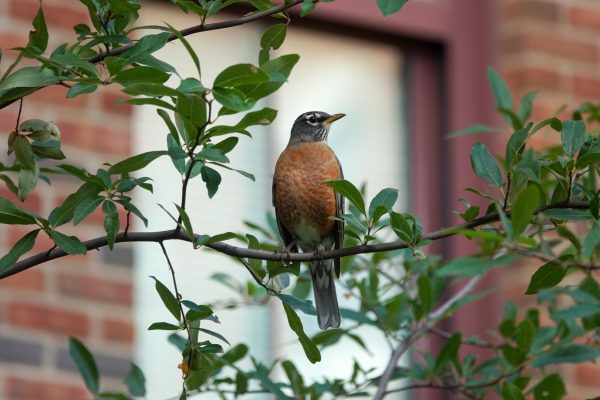
Crows
Incredibly smart and social birds, crows can be seen flying overhead to roosting spots in the late afternoons and early evenings. I often see crows perched on the cross of Benton Chapel during these hours.
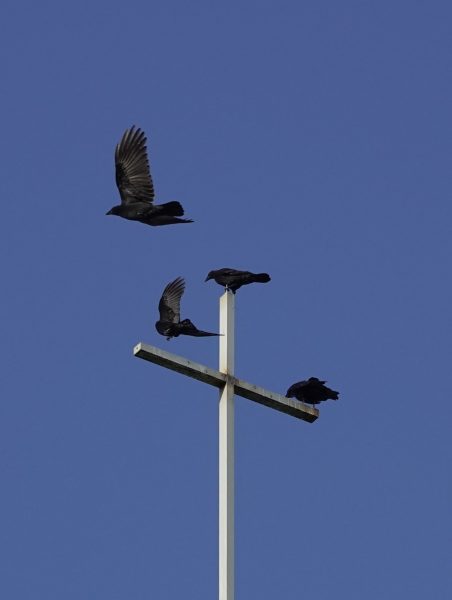
Blue jays
Blue jays have the most splendid plumage but the ugliest scream. You’ve probably heard one on campus even if you haven’t seen one.
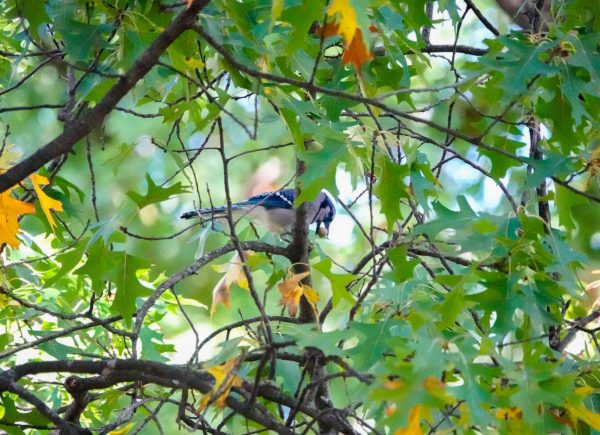
Cardinals
Male cardinals are the easiest birds to spot on campus because of their bright red color. Females and juvenile males are gray with reddish wing and tail tips. I had the privilege of witnessing a female cardinal feed her juvenile son, born this year, next to Stevenson.
Hawks
Students sometimes see hawks dramatically swoop overhead in pursuit of a squirrel or chipmunk. Some of those hawks are red-tailed hawks, one of the most common hawk species in the country. I also caught a glimpse of a pair of Cooper’s hawks hunting squirrels together this semester, which could be the same pair that nested next to Furman Hall earlier this spring.
Mockingbirds
The mockingbird is the official state bird of Tennessee. True to its name, it “mocks” other birds by copying their songs. It can also mimic construction noises and other human sounds. You can tell that a bird is a mockingbird by a melody that rapidly switches from song to song. These birds can be found anywhere on campus and are one of the most common birds I see on campus.
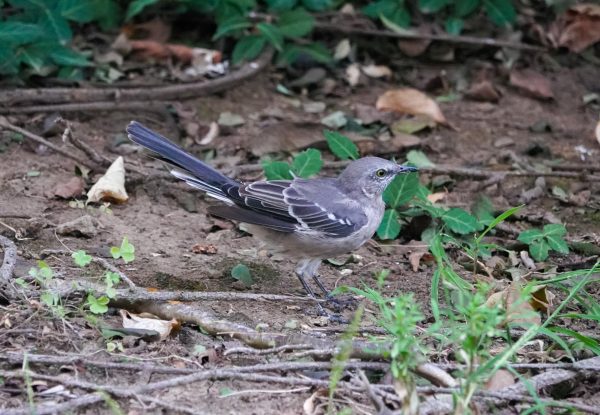
Mourning doves
Mourning doves have a melancholy coo that sounds almost like an owl. They also have beautiful plumage. I find them to be amusing birds because they have heads that seem too small for their bodies and frequently make chittering sounds when they fly. They can reliably be seen perched on the power lines next to Featheringill around sunset.
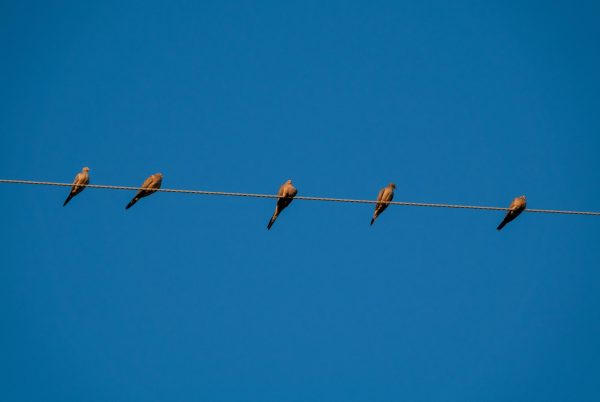
Sparrows
Sparrows, particularly the house sparrow, are ubiquitous in all cities. They may seem boring because they’re all small and brown, but with a closer look, you’ll discover the uniqueness of each sparrow species. For instance, white-throated sparrows have a patch of yellow next to their eye.
Sparrows are usually found in flocks. I typically see sparrows in the mornings near Kissam.
Owls
Although owls are nocturnal, they have been spotted multiple times on campus during the daytime this semester. I witnessed a barred owl holding a dead squirrel be attacked by another squirrel next to Branscomb – it was fascinating to see an interaction between wildlife on campus.
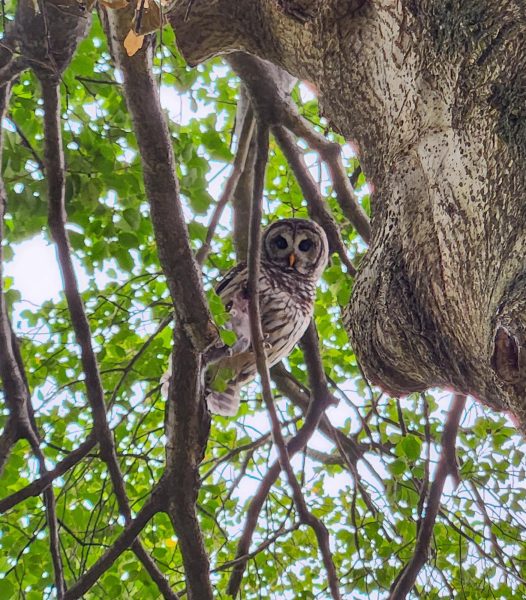
There are many more birds I’ve sighted on campus that are not on this list, including goldfinches, woodpeckers and nighthawks. Some pass through Vanderbilt during fall and spring migrations, but all of the birds in this list except the white-throated sparrow live in Tennessee year-round. As winter approaches, keep an eye out for these winged wonders!


